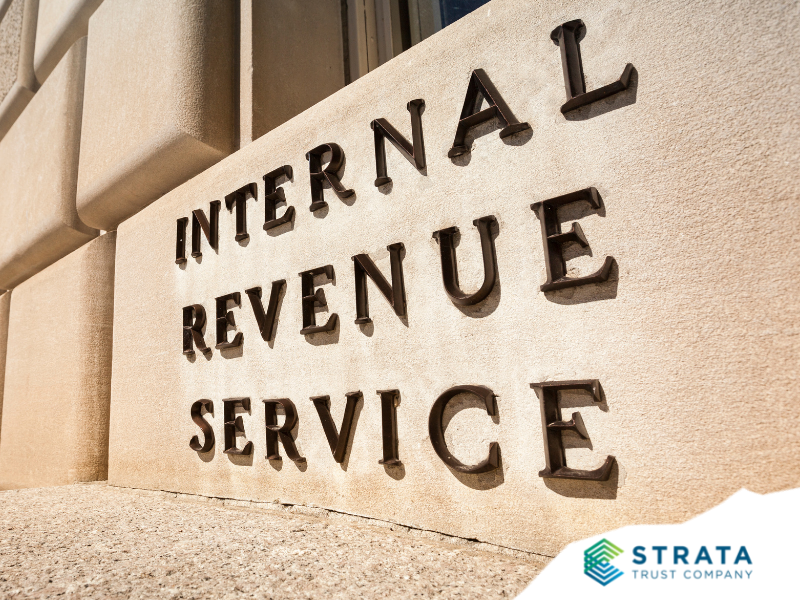The SECURE Act of 2019 changed the payment options for most beneficiaries inheriting IRA assets after 2019, so that most beneficiaries are required to deplete inherited IRA assets within 10 years of the IRA owner’s death. But the industry is awaiting guidance from the IRS to clarify exactly how some of these new rules apply in the case of trust beneficiaries. Guidance is needed to clarify both beneficiary payment options and the required timing of payments for trust beneficiaries. Depending on the IRS’s interpretation of the new laws, and the type of trust established, naming a trust as IRA beneficiary may not be the best strategy for meeting the IRA owner’s tax or estate planning objectives.
Why it matters
A trust beneficiary of an IRA will receive payments from the IRA after the IRA owner’s death. The IRA rules dictating when the trust must take payments from the IRA determine how long IRA assets may continue to grow tax-deferred in the IRA. The timing of the payments required for trust beneficiaries could have a negative impact on the value of assets available for the beneficiaries of the trust. For example, if a payment from the IRA is required, an IRA investment may need to be liquidated at an inopportune time, potentially lowering the value of the account. Once the trust receives payments from the IRA, the timing and amount of payments to the beneficiaries of the trust are governed by the terms of the trust document. Some trusts are designed to pay out trust assets in the same tax year as received; others are designed to allow assets to accumulate and are only disbursed at the trustee’s discretion or stated events. Each of these options has different tax consequences for the trust and beneficiary.
Pre-SECURE Act payment options
Trust beneficiaries that inherited IRA assets before 2020 may continue following the pre-SECURE Act payment options. In general, trusts are treated as a non-person beneficiary, as are charities and the decedent’s estate. In the context of the IRA rules, this means they received fewer and generally less favorable options than human beneficiaries, such as a spouse or child of the IRA owner.
- For all Roth IRAs and for Traditional IRAs where death occurred before the IRA owner’s required beginning date for taking required minimum distributions (RMDs) (generally April 1 of the year following the year the IRA owner reached age 70½), the trust must withdraw all assets from the IRA by the end of the fifth year following the year of death.
- If death occurred on or after the required beginning date, the trust must take at least a minimum payment from the Traditional IRA each year but may stretch these payments over the IRA owner’s remaining life expectancy.
If a trust met the requirements to be “qualified,” the trust’s payment options were instead determined based on the human beneficiaries of the trust. This was referred to as a see-through or look-through trust.
- If death occurred before the IRA owner’s required beginning date, a qualified trust could have chosen to take distributions under the five-year rule or take life expectancy payments based on the life expectancy of the oldest beneficiary of the trust.
- If death occurred on or after the required beginning date, a qualified trust could have chosen to take life expectancy payments based on the longer of the IRA owner’s life expectancy or the life expectancy of the oldest beneficiary of the trust.
Looking through the trust to the age of the oldest beneficiary could allow for a much longer period over which the inherited assets could continue growing tax-deferred within the IRA.
For a trust to be qualified:
- The trust must be valid under state law.
- The provisions of the trust must become irrevocable upon death.
- The trust must have identifiable beneficiaries (generally must be people not entities).
- Either a copy of the trust agreement or a certification of the trust provisions must be provided to the IRA custodian by October 31 of the year following the year of death.
Post-SECURE Act payment options
Options change for trust beneficiaries inheriting IRA assets in 2020 or later. The SECURE Act addressed some areas of beneficiary options but not others, and it appears the options for non-person beneficiaries (e.g., non-qualified trusts, charities, estates) are unchanged. A non-qualified trust must still deplete the IRA within five years if death occurs before the required beginning date (now based on age 72 instead of 70½) and may stretch payments over the remaining life expectancy of the IRA owner if death occurred after the required beginning date. (Roth IRAs still have just the five-year option.)
The SECURE Act created a new protective option for trusts that provide current income payments solely to beneficiaries who are disabled or chronically ill. These types of trusts retain the right to take life expectancy payments.
What is not clear is how the qualified (“look-through”) trusts will be treated. Assuming the rules for qualified trusts still apply, current interpretations assume these trusts will continue to have more options than non-qualified trusts, which now means either the 10-year rule or life expectancy payments. But it is unclear exactly what those options are, and how they are affected by the type of trust (e.g., conduit vs. accumulation), the type of beneficiary named by the trust (i.e., an “eligible” designated beneficiary retains the right to take life expectancy payments under the SECURE Act while other beneficiaries do not), and whether the trust has more than one type of beneficiary.
Seek legal or tax advice
Until we have regulatory guidance from the IRS on the IRA beneficiary payment options, IRA owners may want to seek legal advice on whether naming a trust as IRA beneficiary will still meet their tax and estate planning objectives, and trustees of trusts that inherit IRA assets may want to seek legal or tax advice regarding an interim withdrawal strategy.













